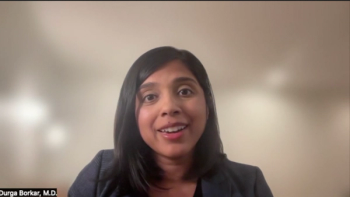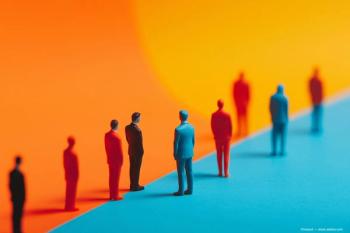
McDonnell University
After a meeting with a former fellow whose wife owns a university, Peter J. McDonnell, MD, discusses the real costs of higher education worldwide and how the United States can better its own education for the sake of its future students.
Dr. McDonnell
A former fellow of
“What does your wife do?” I inquired. “She has a university” he replied. “Do you mean she is a professor or dean in the university?” I asked. “No”, he responded. “She owns the university.” Intrigued, I asked, “How big is her university?” “It’s about average” said my friend. “How many students are in the university?” I asked. “50,000” was his response. “Are you telling me your wife owns a university that has five zero thousand students in it!” I exclaimed. “That’s right,” he said, not really understanding why the concept should come as a surprise to his North American professor.
For several reasons, it would be fantastic to have my own university. Higher education makes wonderful things happen, not the least of which is breaking the cycle of poverty in families and in emerging countries. For individuals, the funding of a university degree remains a good investment. According to The Economist magazine, “recent research suggests that the conventional wisdom remains true: a university degree pays handsomely . . . unemployment rates for graduates are far below average . . . for at least a century, firms have sought to hire ever more of the best-educated workers.”1 According to The Economist, this accounts for a sizable portion of the income inequality in the United States.
Next: Breaking it Down
Breaking it down
Professors at Harvard (Christopher Avery) and University of Virginia (Sarah Turner) have calculated that the discounted present value of a college education in the United States-net of tuition fees-is $590,000 for men and $370,000 for women. So the numbers clearly are supportive of ophthalmologists funding our children’s higher education.
In Brazil, a degree boosts wages by a higher multiple than in any other country, and for profit institutions like the university owned by the wife of my former student currently graduate 75% of these students.
According to The Economist, for-profit Brazilian universities have learned how to combine measurable high quality with low tuition, and do so on an enormous scale.2 The formula includes on-line distance learning with weekly get-togethers for moderated discussions. Government-funded universities, according to the article, are forbidden to charge fees and are therefore not able to meet the demand for education. Plus, says the magazine, “lecturers at Brazil’s universities are often on strike and courses rarely have much to do with the world of work.”
It would not shock me if 10 years from now, we in the United States have adopted the operations of for profit universities in other countries to make education for young Americans much more affordable while maintaining quality.
Next: Owning My Own University
If, like my friend’s wife, I owned my own university, the mascot would be the wombat. Tuition would be free, in return for 1% of the graduates’ earned income each year for their working lives. The surfing team would have the best house on campus plus free all-you-can-eat meals. The members of the Future Ophthalmologists Club would drive around campus in big Escalades purchased for them by boosters.
1. Free exchange. Wealth by degrees. The Economist. June 28, 2014. p.66
2. The higher education business. A winning recipe. The Economist. June 28, 2014. p.59
Newsletter
Don’t miss out—get Ophthalmology Times updates on the latest clinical advancements and expert interviews, straight to your inbox.





















































.png)


